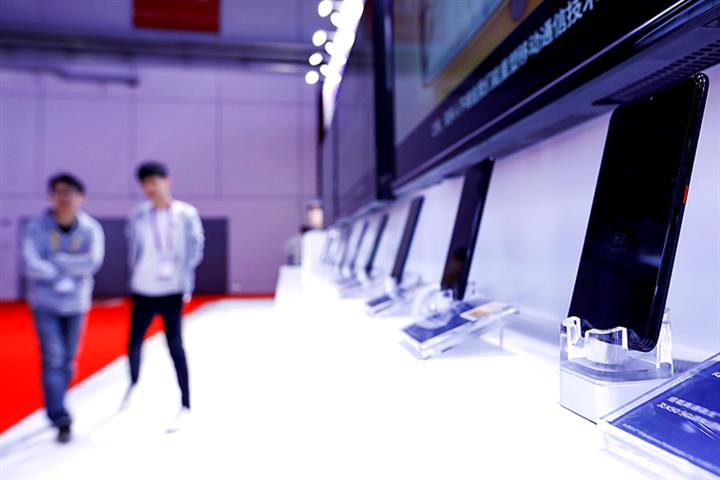 Two Chinese OLED Makers Log Improved Returns as Market Shifts Away From LCD Screens
Two Chinese OLED Makers Log Improved Returns as Market Shifts Away From LCD Screens(Yicai Global) Oct. 28 -- Two of China’s biggest manufacturers of organic light-emitting diodes, which are used in small and medium-sized display screens such as smartphones, have posted better earnings in the first three quarters as demand for traditional liquid crystal displays ebbs.
Profit was up at Tianma Microelectronics, the world’s biggest supplier of smartphone displays made of low temperature poly silicon and liquid crystal, surging 19 percent to CNY1.2 billion (USD178.8 million) in the nine months ended Sept. 30 from the same period last year, according to the Shenzhen-based firm’s third-quarter earnings report released yesterday.
This was despite a 3.2 percent slump in revenue in the first three quarters to CNY22.7 billion (USD3.4 billion). Net profit for the third quarter also jumped 24.6 percent year on year to CNY486 million even though revenue dipped 2.3 percent to CNY8.6 billion, the report said.
Visionox Technology, a major OLED developer, more than halved its losses in the first three quarters to CNY26.8 million (USD4 million) from the same period last year, according to its earnings report released on Oct. 26. The Beijing-based company’s net deficit for the third quarter shrank to CNY119 million (USD17.7 million) from CNY236 million a year earlier.
Demand for OLED displays, which are lighter, thinner, more energy efficient and have a larger viewing angle than conventional liquid crystal displays, is taking over the market. Active-matrix OLEDs made up 40 percent of the country’s small and medium-sized display sales in 2018, and this figure is expected to rise to 58 percent by 2022, mainly on the back of growing smartphone sales, according to industry data.
Tianma, whose main products remain traditional LCD panels, is investing heavily in its sixth-generation AMOLED production capacity. It has one production line in Wuhan, central Hubei province which will start operations at the end of the year and another in Xiamen, southeastern Fujian province that is due to be ready in 2022.
Visionox, which grew out of the OLED research team at Beijing’s Tsinghua University, specializes in advanced AMOLED displays that are used in smart phones, smart wearables and on-board display devices. It has factories in Kunshan, eastern Jiangsu province and Gu’an county in northern Hebei province. It is also building a new production line in Hefei, eastern Anhui province which should be finished soon.
Editors: Tang Shihua, Kim Taylor